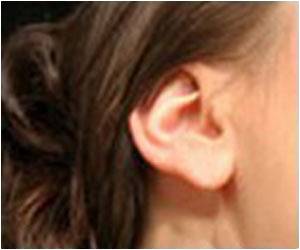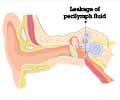Evidence for the hearing ability in mammals, birds and reptiles was a major query for paleontologists as the eardrum was not a part of the fossil.

"This approach to studying middle ear evolution could help us understand other related evolutionary changes in mammals, including the ability to detect higher toned sounds and even our greater metabolic efficiency," said, Masaki Takechi, Lead author, RIKEN Evolutionary Morphology Laboratory.
Although scientists have suspected that the eardrum and thus hearing developed independently in mammals and diapsids, no hard evidence has been found in the fossil record because the eardrum is never fossilised. They noted that in mammals, the eardrum attaches to the tympanic ring, a bone derived from the lower jaw, but that in diapsids it attaches to the quadrate an upper jawbone.
The scientists found that primary jaw function shifted upwards in mammals and that the middle ear developed after this shift and must therefore have occurred independently after mammal and diapsid lineages diverged from their common ancestor.
Source-Medindia










